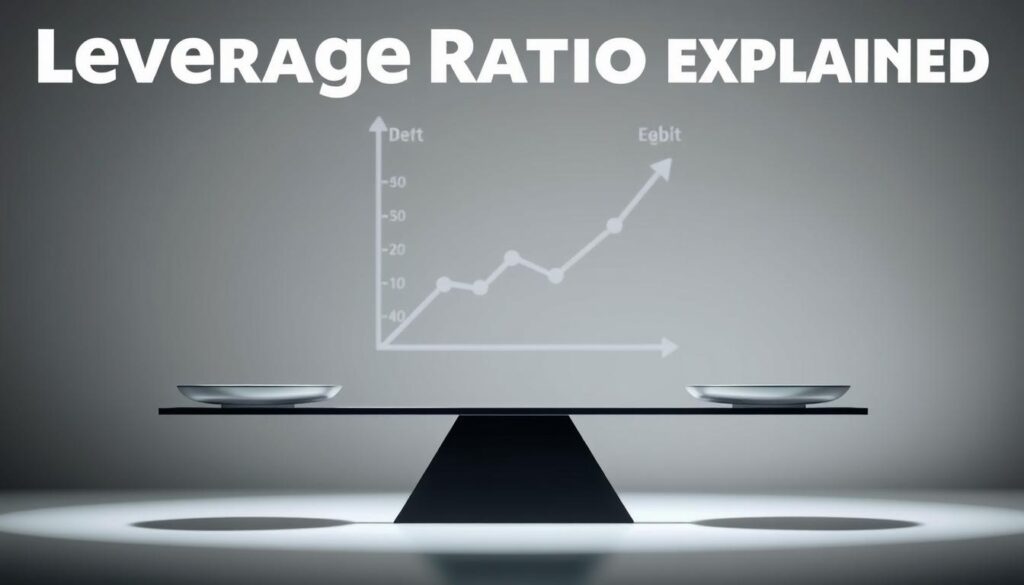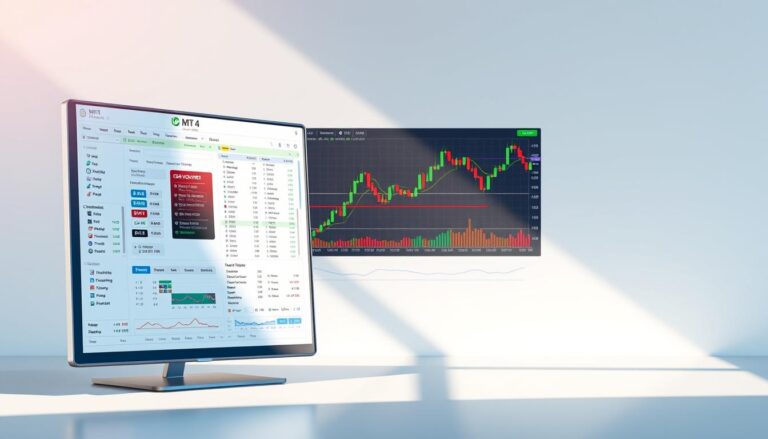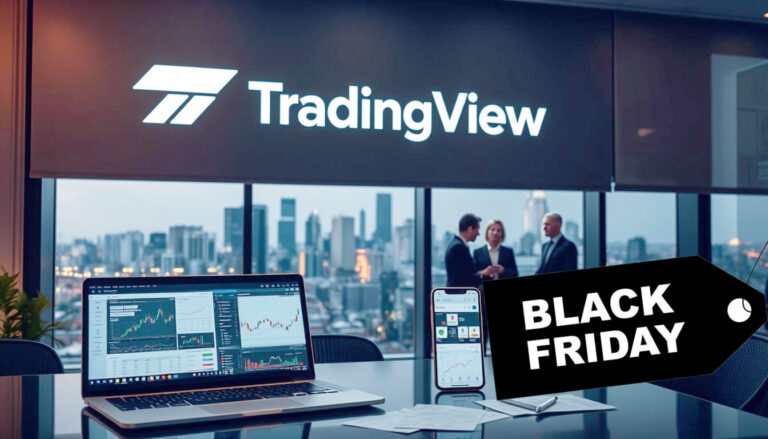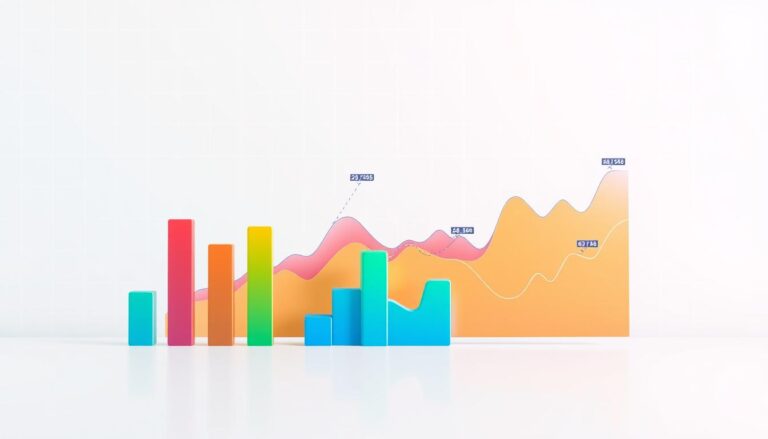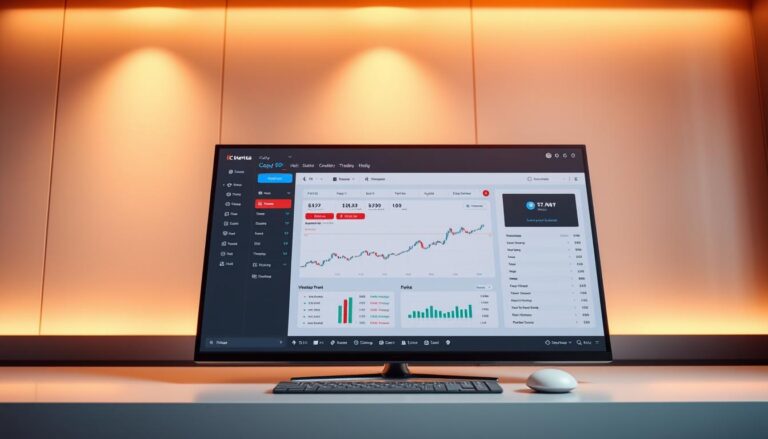Leverage FBS: Boost Efficiency and Productivity
Traders looking to maximize their market potential often explore tools that enhance their opportunities. One such method involves using advanced techniques to control larger positions with smaller capital. This approach can significantly impact profits, but it requires careful management.
For example, with a 1:1000 ratio, a $100 investment can control a $100,000 trade. A 1% price movement in this scenario could yield $1,000 in returns. However, it’s crucial to understand both the rewards and risks involved.
Demo accounts offer a risk-free way to practice these strategies. Platforms like MetaTrader 4 and 5 support traders in refining their skills. Whether dealing with forex, stocks, or commodities, proper planning ensures better results.
What Is Leverage in Trading?
Small deposits can control large trades—this is the core principle of leveraged trading. It lets traders borrow capital from a broker to increase market exposure. For example, $200 can control a $2,000 position at a 1:10 ratio.
Margin acts as collateral for these trades. Brokers require a percentage of the total trade value upfront. If a $100,000 position uses 1:100 leverage, the trader needs $1,000 in margin.
How Leverage Ratios Work
The formula is simple: Leverage = Trade Amount ÷ Margin. Higher ratios mean less margin but greater risk. Compare these scenarios:
| Leverage Ratio | Trade Size | Margin Required | Potential Profit/Loss |
|---|---|---|---|
| 1:10 | $10,000 | $1,000 | ±$100 per 1% move |
| 1:100 | $100,000 | $1,000 | ±$1,000 per 1% move |
Brokers adjust margin rules by asset class. Forex pairs often allow higher ratios than stocks. Always check requirements before trading.
Risk warning: Losses can exceed deposited capital. If equity drops below margin levels, brokers may issue a margin call or close positions automatically.
How to Leverage FBS for Maximum Gains
Smart traders optimize their strategies by utilizing advanced financial instruments. One critical tool is the leverage ratio, which determines how much capital controls a trade. Proper use can amplify profits, but mismanagement increases risk.
Decoding Leverage Ratios
Ratios like 1:50 or 1:3000 define the multiplier effect. Higher ratios mean less margin but greater exposure. For example:
| Leverage Ratio | Trade Size (€100k) | Margin Required |
|---|---|---|
| 1:50 | €100,000 | €2,000 (2%) |
| 1:1000 | €100,000 | €100 (0.1%) |
| 1:3000 | €100,000 | €3.33 (0.033%) |
Calculating Margin Requirements
The formula Margin = Trade Size ÷ Leverage Ratio simplifies planning. A €50,000 trade at 1:500 needs €100 margin. Standard lots (100k units) cost more than mini lots (10k units).
Note: Jurisdiction rules may limit ratios. Always check platform settings before opening a position.
Pros and Cons of Leveraged Trading
Understanding both sides of trading leverage helps traders make informed decisions. While it amplifies profit potential, it also increases risk. Balancing these factors is essential for long-term success.
Advantages of Using Leverage
Capital efficiency is a major benefit. With a 1:100 ratio, $1,000 controls a $100,000 position. This lets traders access premium assets without large upfront capital.
Small price movements yield significant gains. A 1% move on a leveraged trade can double the profit compared to an unleveraged one. This makes use leverage attractive in volatile markets.
Risks of High Leverage
Losses multiply just as quickly. A 500-pip drop in EUR/USD could wipe out 50% of an account at 1:100 trading leverage. Brokers may issue margin calls or liquidate positions automatically.
Emotional pressure escalates with amplified drawdowns. Retail traders face stricter limits than professionals, but even with protections, use leverage requires disciplined risk management to avoid heavy losses.
Risk Management Strategies for Leveraged Trading
Effective trading isn’t just about gains—it’s about protecting your capital. Consider two traders: Trader A loses 50% of their account in a 500-pip market drop, while Trader B limits losses to 5%. The difference? Risk management.
Position sizing is the first defense. Risking 1–2% of capital per trade prevents catastrophic losses. For a $10,000 account, this means $100–$200 exposure per trade.
Stop-loss orders are non-negotiable. Place them below support levels or use volatility-based calculations (e.g., 2x average daily range). Guaranteed stops, like those offered by some brokers, ensure exits at preset prices—even in gaps.
Monitor margin levels closely. Falling below 100% triggers margin calls. Diversify across uncorrelated assets (e.g., forex and commodities) to spread risk.
Adjust strategies for volatility. Scale down leverage before high-impact news events. Stress-test positions using historical crashes to anticipate worst-case scenarios.
Remember: Profits mean little without capital preservation. Discipline turns traders into long-term winners.
Which Markets Can You Trade Using Leverage?
Different markets offer unique opportunities when trading with borrowed capital. From currencies to raw materials, each asset class has specific rules for instruments like CFDs. Understanding these differences helps traders optimize strategies.
Forex Trading with Leverage
The forex market is popular for high ratios, often reaching 1:1000. Major pairs like EUR/USD allow precise pip-value calculations. For example, a 10-pip move on a standard lot (100k units) equals $100 profit or loss.
| Pair | Leverage Ratio | Margin per $100k Trade |
|---|---|---|
| EUR/USD | 1:500 | $200 |
| GBP/JPY | 1:300 | $333 |
Stocks and Indices (CFDs) with Leverage
Stocks traded as CFDs often cap ratios at 1:20 for blue-chip companies. Key features include:
- No dividend payments for CFD positions.
- Extended trading hours compared to traditional exchanges.
- Margin requirements vary by volatility (e.g., tech stocks vs. utilities).
Commodities with Leverage
Commodities like gold and oil typically offer 1:200 ratios. Their prices swing sharply, so risk tools are vital:
- Use stop-loss orders to manage crude oil’s daily volatility.
- Gold often acts as a hedge during market downturns.
Contracts differ in size—oil trades in barrels, while metals use troy ounces.
Real-World Examples of Leverage in Action
Seeing how borrowed capital works in practice helps traders grasp its potential. Take GOOGLE stock: with a 1:10 ratio, $200 controls a $2,000 position. A 5% price rise yields $100 profit—doubling the initial stake.
Forex markets show amplified outcomes. One trader used 1:100 on EUR/USD, gaining 80 pips ($800). Another faced a 500-pip drop, losing 50% of their account. The same move at 1:10 would’ve meant just 5% loss.
Crude oil demonstrates volatility’s impact. A $5,000 account with 1:200 ratio controlled $1M in oil futures. When price fell $2/barrel, positions were liquidated at 60% loss.
Gold trades highlight compounding. Starting with $500 at 1:500, a trader grew their portfolio to $3,800 in six months through disciplined 2% risk per trade.
Institutions apply ratios differently. Hedge funds might use 1:5 on billion-dollar positions, while retail accounts access higher ratios for smaller capital.
Historical events like Black Wednesday (1992) show systemic risks. George Soros famously shorted GBP with 1:100 ratios, but many overleveraged firms collapsed.
Demo accounts let users test strategies risk-free. A simulated $10,000 account with 1:300 can reveal how news events affect profit margins.
Tax rules vary by country. Some treat leveraged gains as capital income, while others impose separate CFD taxation. Always consult local regulations.
Common Questions About Trading with Leverage
Many traders have questions about how borrowed capital affects their positions. From margin rules to risk management, clarity ensures smarter decisions. Below are answers to frequent queries.
Islamic Account Options
Swap-free accounts comply with halal principles, avoiding overnight interest. These suit traders needing Shariah-compliant setups for forex or commodities.
Margin Requirements by Account Type
Minimum margins vary. For example:
| Account Type | Minimum Margin (per $10k trade) |
|---|---|
| Standard | $50 (1:200 leverage) |
| Micro | $10 (1:1000 leverage) |
Adjusting Leverage Mid-Trade
Most platforms allow ratio changes, but this recalculates margin needs. Higher trading leverage mid-trade increases risk of losses if markets reverse.
Cross-Margin vs. Isolated Accounts
Cross-margin uses all account funds as collateral. Isolated margins limit losses to one position’s funds. Choose based on risk tolerance.
Weekend Leverage Rules
Brokers often lower ratios before weekends to mitigate gaps. Check platform alerts to avoid surprises.
Educational Resources
Webinars and guides explain trading leverage strategies. Topics include fee structures and corporate actions for CFDs.
Always test strategies in demo accounts before live trades. Knowledge reduces errors and boosts confidence.
Mastering Leverage for Smarter Trading
Successful trading hinges on balancing potential gains with calculated risks. Proper risk management helps retain up to 95% of capital, compared to 50% in high-risk scenarios.
Start small and scale gradually. Demo accounts let traders test strategies without real funds. This builds confidence before live trading.
Psychological discipline is key. Avoid overtrading and stick to predefined plans. Markets reward patience, not impulsivity.
Ready to practice? Begin with a demo account to refine skills and explore tools safely. Smart steps today lead to better profits tomorrow.

